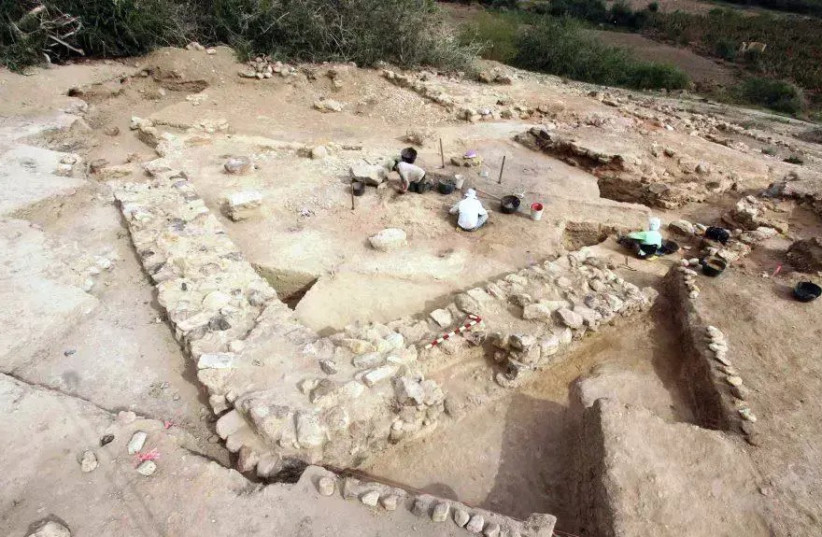An ancient city that met a fiery end in what could be described as an asteroid impact more powerful than an "atomic explosion" has been identified as the biblical city of Sodom, according to a biblical studies expert. Theologin Dr. John Bergsma contends that excavations in Jordan provide substantial proof that one of the Bible's most dramatic and improbable narratives may indeed be factual.
Bergsma asserts that archaeological findings in Jordan corroborate the existence of the biblical city of Sodom. Prior research had already indicated that the ancient city of Tell el-Hammam, located in the southern Jordan Valley, suffered a catastrophic fate—a revelation that Dr. John Bergsma, a theology professor at Ohio's Franciscan University, believes aligns with the biblical account.
As per the Book of Genesis, God unleashed fire and brimstone upon the cities of Sodom and Gomorrah in response to the sins of their inhabitants, resulting in their complete obliteration. Similar destruction patterns were uncovered at Tell el-Hammam, leading Bergsma to reevaluate the credibility of the biblical narrative. He pointed to signs of extreme heat detected on skeletons and pottery fragments unearthed by archaeologists, suggesting a possible impact from an asteroid.
"And he looked over the face of Sodom and Gomorrah and over the entire face of the land of the plain, and he saw, and behold, the smoke of the earth had risen like the smoke of a furnace."
Genesis 19:28, depicting Abraham witnessing the aftermath of the destruction of Sodom and Gomorrah
Does this unearthed site at Tell el-Hammam represent the biblical Sodom?
Around 3,600 years ago, Tell el-Hammam thrived as a city, surpassing both Jerusalem and Jericho in size and strength. However, its prosperity abruptly vanished. The absence of signs of a siege in the ruins suggested that the city and its neighboring area were not subjected to military attack.

Bergsma received insight into some remarkable discoveries from Steven Collins, the chief archaeologist at Tell el-Hammam.
One of the things that Collins found were pottery shards coated with trinitite. This glassy substance is formed when an atomic bomb detonates in a desert, as Bergsma explained. Excavators also discovered human remains, with skeletons intact up to the mid-spine, above which only scorch marks remained. These findings provide substantial evidence that a tremendous burst of heat from the sky incinerated the twin cities on the Jordanian side of the river.
Steven Collins likened the devastation to the Tunguska event of 1908, in which a massive asteroid entered Earth's atmosphere over Siberia, causing widespread destruction. He added the proposed airburst would have been larger the Tunguska event, which had 1,000 times more energy than the atomic bomb that destroyed Hiroshima.
Remarkably, this cataclysmic event also appears to have produced substantial quantities of salt, as noted by James Kent, an associate professor of earth sciences at the University of California – a detail that may remind some of the story of Lot's wife, who turned into a pillar of salt following the destruction of Sodom. While Collins is confident in his conclusions, some archaeologists have accused him of prematurely drawing conclusions without sufficient field evidence.
The story of Sodom and its sister city, Gomorrah, ranks among the most well-known tales in the Bible. It recounts Abraham's negotiations with God to spare Sodom, a name synonymous with sin, in order to protect its few righteous inhabitants. However, God's response was unwavering: "And He turned over these cities and the entire plain, and all the inhabitants of the cities, and the vegetation of the ground," as recorded in the Book of Genesis. The morning after, Abraham witnessed the aftermath: "And he looked over the face of Sodom and Gomorrah and over the entire face of the land of the plain, and he saw, and behold, the smoke of the earth had risen like the smoke of a furnace."
